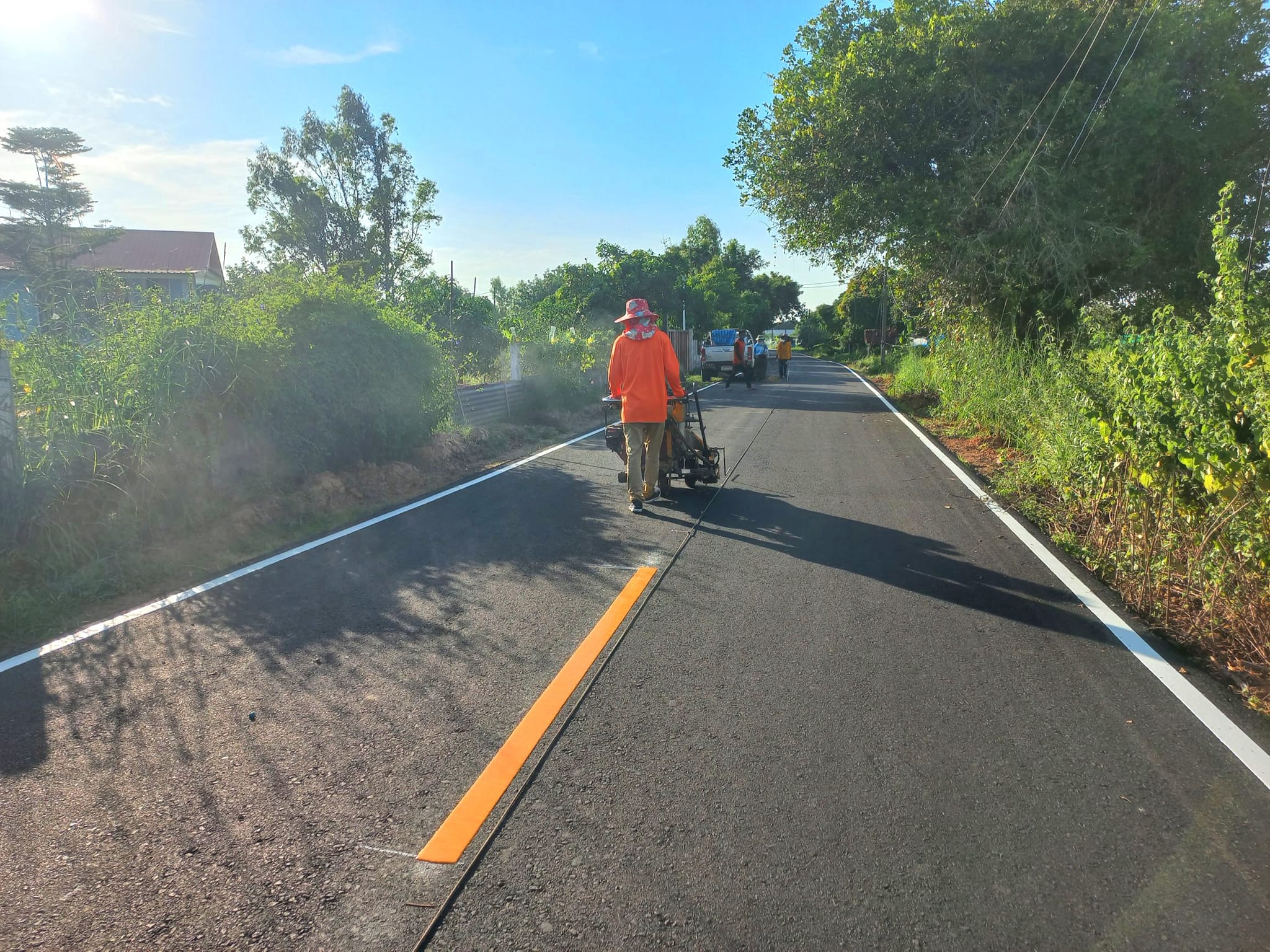When we think of urban infrastructure, our minds often gravitate toward towering overpasses, well-laid drainage systems, or intelligent traffic lights. Road markings—those simple white and yellow lines on asphalt—rarely receive the recognition they deserve. Yet, they play a vital role in ensuring urban mobility, traffic flow efficiency, and public safety. As cities evolve to meet the challenges of growth, climate resilience, and multimodal transport, it’s essential that road markings are not treated as an afterthought, but rather as a critical part of urban infrastructure planning.
Road markings serve as silent communicators for drivers, cyclists, and pedestrians. They define traffic lanes, signal turn restrictions, indicate pedestrian crossings, and improve nighttime visibility through reflective elements. Particularly in densely populated urban environments, where space is limited and traffic is high, road markings help optimize every inch of available pavement.
Modern cities increasingly rely on thermoplastic road marking paints due to their high durability, weather resistance, and visibility. These materials, which can be embedded with reflective glass beads, withstand heavy vehicle wear and extreme temperatures. Their widespread use in urban infrastructure projects reflects a growing understanding of their contribution to safety, efficiency, and long-term cost savings.
Despite their significance, road markings are frequently excluded from the early stages of urban infrastructure design. In many cases, they are applied only at the end of a construction project, viewed as a finishing detail rather than a strategic element. This disconnect between planning and execution often results in markings that are misaligned with real-world traffic behavior and safety requirements.
Common consequences of such oversight include inadequate turn guidance at intersections, missing or poorly placed bicycle lane indicators, and premature wear due to unsuitable materials. These issues not only compromise safety but also incur higher long-term costs due to the need for frequent corrections and resurfacing.
Incorporating road marking strategies during the initial planning phase offers significant advantages. Aligning markings with traffic modeling data helps optimize traffic flow and minimize congestion. Clearly defined pedestrian crossings and stop lines enhance safety for all road users. Additionally, integrating markings into digital design workflows—such as BIM modeling and smart city simulations—allows for better coordination with other infrastructure elements.
Early planning also reduces the risk of conflicts during construction and avoids redundancy. When designers, engineers, and contractors collaborate from the beginning, markings can be implemented more effectively, saving both time and resources.
As infrastructure becomes more complex, selecting the right marking materials is more important than ever. Thermoplastic paints provide a reliable solution due to their performance under diverse conditions. Formulated with C5 petroleum resin, EVA, and reflective beads, they can be customized for regions with high humidity, heat, or heavy traffic loads.
BOLE’s thermoplastic road marking paint meets global standards such as AASHTO M249 and BS 3262, and offers adaptable solutions for city planners. By investing in long-lasting, high-visibility materials, municipalities can reduce maintenance frequency while ensuring optimal safety for years to come.
Maximizing the value of road markings requires collaboration across multiple disciplines. Urban planners, civil engineers, traffic consultants, and material suppliers must work together to ensure markings are strategically designed, properly implemented, and compatible with larger transportation systems.
This collaborative approach is increasingly vital in the era of autonomous vehicles and smart road technologies. Machine-readable markings are becoming essential components of digital mobility ecosystems, and cities that anticipate these trends will be better equipped to adapt.
Road markings may not carry the visual impact of bridges or tunnels, but their role in guiding behavior and enhancing safety is foundational to urban life. As cities grow and change, treating road markings as a core element of infrastructure—planned from the beginning and backed by durable, data-driven materials—can deliver profound long-term benefits.
By integrating smarter marking strategies into master planning, we move closer to building urban environments that are safer, more efficient, and truly ready for the future.





